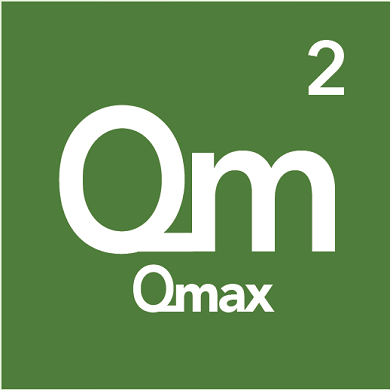Check out today’s Step 2 CK Qmax Question Challenge.
Know the answer? Post it in the comments below! Don’t forget to check back for an update with the correct answer and explanation (we’ll post it in the comments section below).
A 32-hour-old Caucasian male infant has worsening jaundice and is brought to the emergency department by his parents. They state he has been sucking at the nipple less vigorously, and is harder to awaken. He was born at home to a 31-year-old G2P1 woman at 38 weeks’ gestation by vaginal delivery after an uncomplicated pregnancy. Maternal serology results indicate she is HIV negative, hepatitis B immunized, rubella immunized, and blood type O-positive. The infant is 3100 g (6.8 lb) and afebrile and lethargic but arousable. His physical examination is notable for jaundice including the palms and soles, hypotonia, and a high-pitched cry. Laboratory tests show a total bilirubin level of 26 mg/dL. A Coombs’ test is positive. He is admitted to the neonatal intensive care unit, where appropriate therapy is initiated and the bilirubin level drops to 13 mg/dL within 6 hours.
Which of the following is a possible complication of the therapy he most likely received in the neonatal intensive care unit?
A. Anemia
B. Bleeding
C. Decreased hearing
D. Pneumothorax
E. Poor bone growth
———————–
Want to know the ‘bottom line?’ Purchase a USMLE-Rx Subscription and get many more features, more questions, and passages from First Aid, including images, references, and other facts relevant to this question.
This practice question is an actual question from the USMLE-Rx Step 2 CK test bank. Get more Step 2 CK study help atUSMLE-Rx.com.

